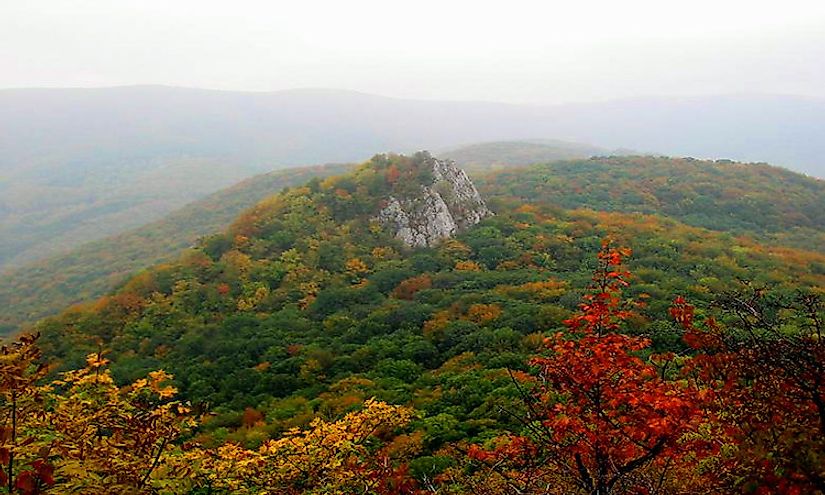Ecological Regions Of Hungary

Hungary is a unitary parliamentary state located in the Carpathian Basin in Europe. It is a member of the EU, NATO, OECD, and the Schengen Area. Budapest is both the capital and the largest city. Hungarian is the official language of the country. The country experiences a continental climate with hot and wet summers and cold winters. A huge part of the country experiences snow falls during the winter with a small portion in the southern regions of the country going through a slightly warmer climate than the rest of the country. Hungary is one of the highest ranked countries in environmental protection with the GW/CAN ranking it sixth globally. In this article, we will discuss some of the ecological regions of Hungary.
Ecological Regions Of Hungary
Carpathian Montane Conifer Forests
The Carpathian montane forests are divided into three parts. They are; the Western Carpathians, the eastern Carpathians, and the southern Carpathians. The Hungarian territory is in the western Carpathian. The climate is cool and humid. The average precipitation is about 1800 mm annually, and the annual temperature is around 10⁰C with some parts experiencing freezing temperatures of less than -2⁰C. During winter, snow accumulation may rise to ten feet especially in higher altitudes. The flora of this zone depends on the elevation. The lower parts are covered by deciduous forests mainly pedunculate oak, lime, and hornbeam. Beech forests occupy the higher montane areas. The forest is also the only large home to large predators in Central and Western Europe.
The Dniester And Lower Danube
The Dniester and lower Danube is a freshwater ecoregion which is found across several countries including; Albania, Bosnia, Bulgaria, Moldova, Montenegro, Romania, and Slovakia, and Hungary. It encompasses the basins of Dniester and Danube rivers and also the Stara Planina Mountains, and the coastal lakes of Konstanza. The rivers drain into the black sea. The region experiences a Mediterranean climate characterized by high precipitation of up to 3,200 mm annually. The Danube River is fed by melting mountain snow, rain, and underground water. The ecoregion is home to about 100 native species from 19 families. The are ha also a huge level of fish endemism including the Balkan loach.
Upper Danube
The Danube River is the second longest river in Europe. The ecoregion is mountainous and heavily forested. The climate is diverse with the average precipitation ranging from 500 mm to 2,000 mm annually. The forests are deciduous with species such as sessile oak and downy oak being in abundance. Due to frequent flooding, the course of the river has been altered by dams, navigation channels, and bank constructions for flood protection. The river is also the habitat of a large and diverse number of freshwater fish. There are over 60 species of fish with the Cyprinidae family making up about 47% of the total fish population. The rivers, lakes, and wetlands of this region also offer habitat and spawning area for a large number of birds. The construction of the Rhine-Main-Danube canal has increased the number of exotic and invasive species in the region.
Ecological Threats And Conservation Efforts
The 19th and the 20th centuries were marked by massive logging which led to the clearing of native forests which have been replaced by spruce monocultures. However, since the mid-1930s, the government has taken steps in protecting the forest with over 20% being currently under protection.
Ecological Regions Of Hungary
| Ecological Regions of Hungary | Biome |
|---|---|
| Carpathian Montane Conifer Forests | Temperate Coniferous Forests |
| Dniester and Lower Danube | Riverine Freshwater |
| Pannonian Mixed Forest | Temperate Broadleaf and Mixed Forests |
| Upper Danube | Riverine Freshwater |











